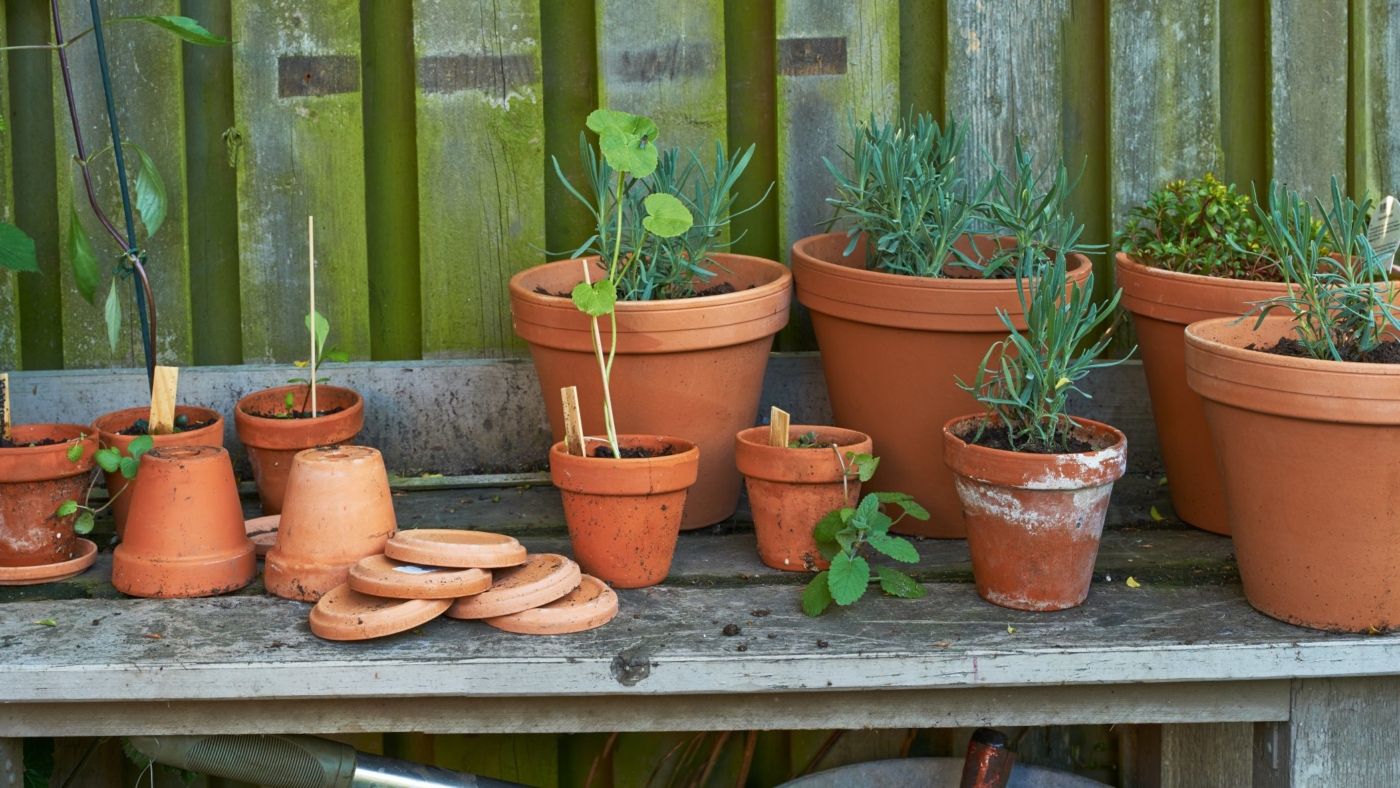When it comes to planting design, one principle stands out: “planting big to small.” Trees give structure to a garden. They anchor views, define space, and influence everything around them—especially when they cast shade. But if your ground space is limited or already full, there’s another way to introduce trees: grow them in containers.
Why Grow a Tree in a Container?
A container is simply a movable box of soil, which opens up many design possibilities. Consider a few reasons why this can be a great approach:
-
No ground? No problem. Trees in containers are perfect for balconies, rooftops, and patios.
-
Instant elevation. Containers raise a tree 2 to 3 feet above ground level, giving quick impact or temporary privacy screening.
-
Artistic focal points. Placing a small tree in a beautiful pot instantly elevates it to the level of sculpture—especially when paired with uplighting.
-
Flexibility. You can move the tree seasonally to create shade, hide a view, or refresh a vignette. Just make sure the pot is movable—or get help!
If bonsai artists can grow ancient forest trees in small pots, you can certainly grow a modest tree on your patio for a few years.
Which Trees Work in Containers?
With the right care, nearly any tree can grow in a pot—at least temporarily. What matters most is your goal. Are you creating shade? Adding height or texture? Seeking a statement piece? Think about how long you want the tree to live in a container, then choose accordingly.
Here are a few beautiful small trees and evergreens well-suited for pots:
Japanese Maple
Zones: 5–9
Size: Varies by cultivar; typically compact and elegant
Conditions: Sun to part shade; moist, rich, well-drained soil
Japanese maples are prized for their shape, foliage, and seasonal color. Dwarf and lace-leaf types are especially container-friendly. Some varieties have dense green leaves that turn orange in autumn, while others offer delicate red or variegated foliage. Their slow growth and refined form make them ideal for pots.
Weeping Redbud (White-Flowering Variety)
Zones: 5–9
Size: Small, arching form; perfect for tight spaces
Conditions: Sun to partial sun; average, well-drained soil
For something less expected, consider a compact redbud with white blooms and weeping branches. Its soft shape and spring flowers make it a living sculpture. Look for compact or weeping forms in nurseries—they’re often available in specialty tree sections.
Compact Evergreen Cedar
Zones: 5–9
Size: Medium height, dense form
Conditions: Full sun; well-drained soil
If you want an evergreen option that stands out from typical boxwoods or yews, try a dwarf cedar. These trees offer soft texture, interesting shape, and a whimsical feel—plus they make fantastic hosts for seasonal lighting.
Tips for Success
Containers restrict root growth, which naturally limits the size of the tree. Depending on the species, it may live in a pot for several years before needing a new home in the ground. Some trees thrive for decades in containers; others might outgrow them in just a few seasons.
-
Container size matters. For small trees, choose pots with a diameter of 24–36 inches.
-
Think ahead. Will you need to move the pot? Consider weight and access.
-
Soil and feeding. Use quality potting soil and apply balanced fertilizer twice a year.
-
Water wisely. Like all container plants, trees will dry out faster—monitor closely.
If you’ve had your eye on a small tree but thought you lacked space, consider the container route. You can enjoy beauty, flexibility, and impact—without breaking ground.

